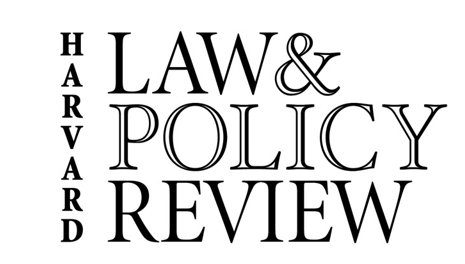By Angela D. Morrison* The administration’s revised travel ban represents only the most visible part of the administration’s discriminatory immigration policy. The U.S. immigration system has a sexist and racist history. The travel ban, along with many of the administration’s other immigration policies, builds on that legacy. Because the administration has been so apparent in its discriminatory motives for the travel ban, lawyers challenging the ban have an unusual opportunity. Advocates …
Executive Order 9066: #NeverForget
By Jessica Huey* It was the worst day of his life. That was all he would ever say about it. Looking at black and white photos of my great-grandfather, the stoicism etched in his expression is impossible to ignore. But to understand his story—that of a quiet, Japanese merchant who came to America with his wife to start a new life in the early 1900s—it becomes clear the extent to which living in America, filled with its golden grain and promises, also took its toll on him. Like millions …
A Drop in the Ocean of Casualties
By Maseeh Moradi* The recent immigration executive order promises in its title to protect “the nation from foreign terrorist entry.” It does so by barring the entry of, among hundreds of millions of others, all of my aunts, uncles, and cousins (my own parents, once aliens, now citizens, would have been barred as well). Protecting the nation from terrorists evidently means banning everyone from Iran, even though no national from there, or any of the other listed countries, has committed deadly …
